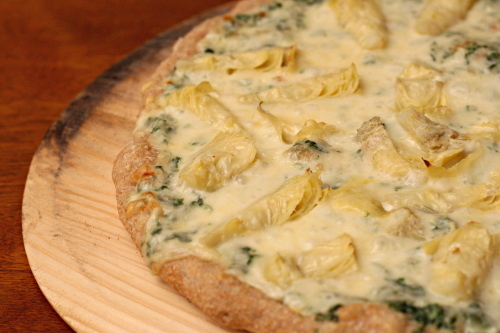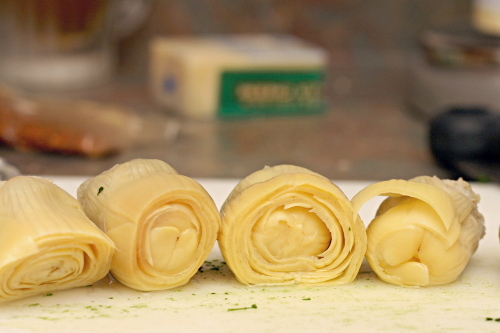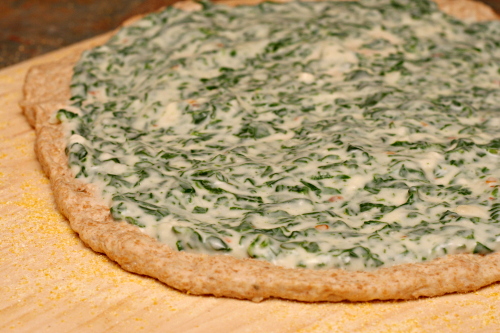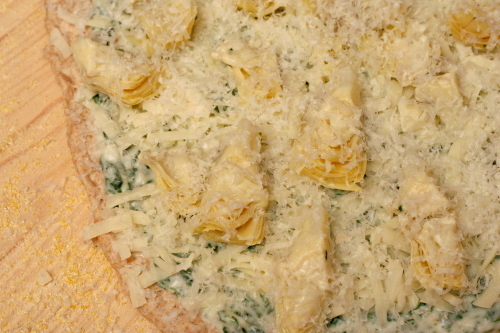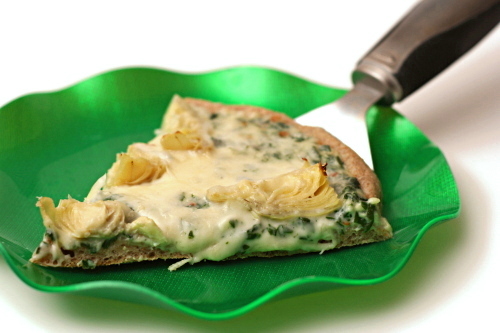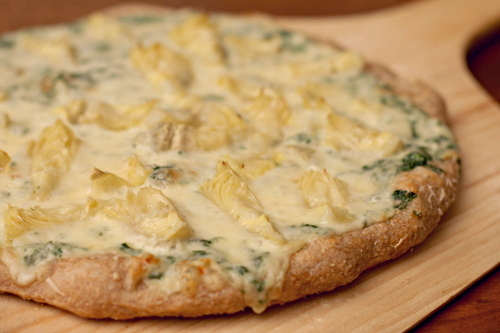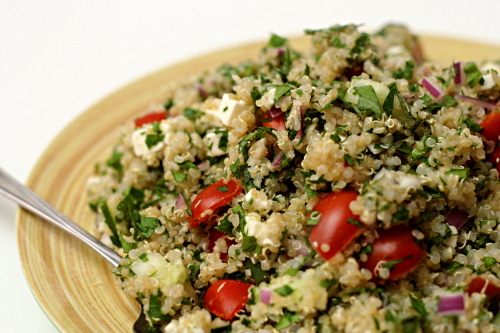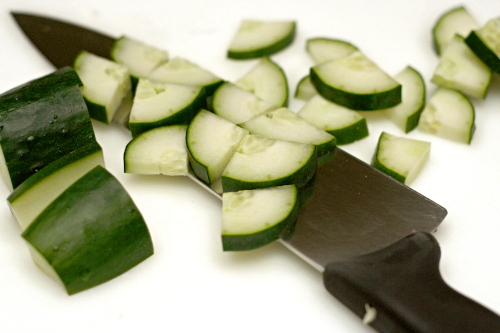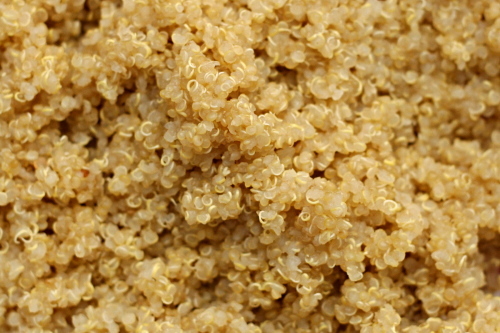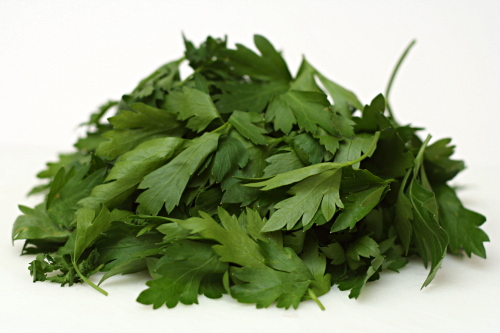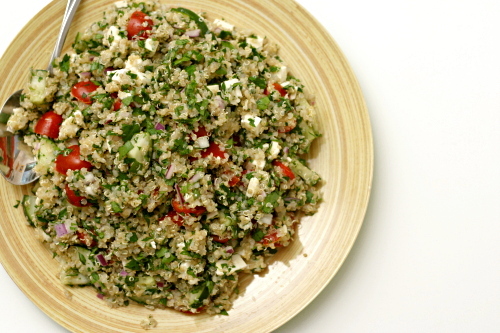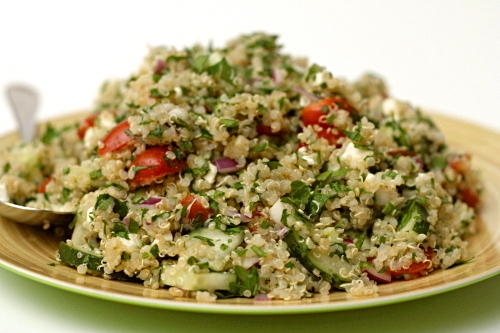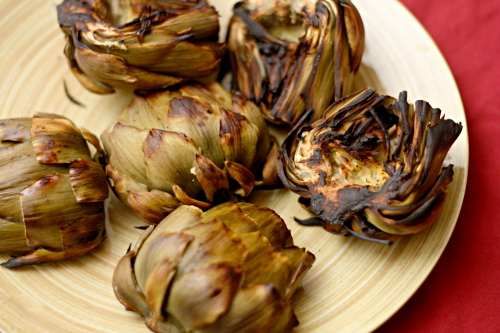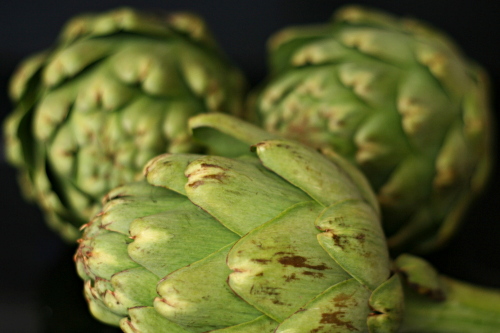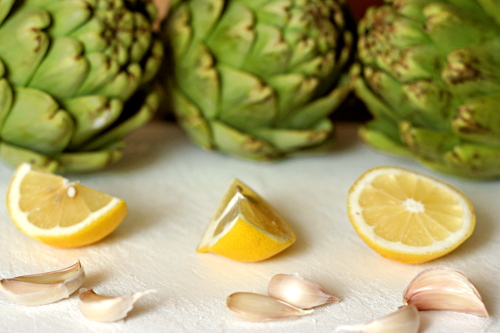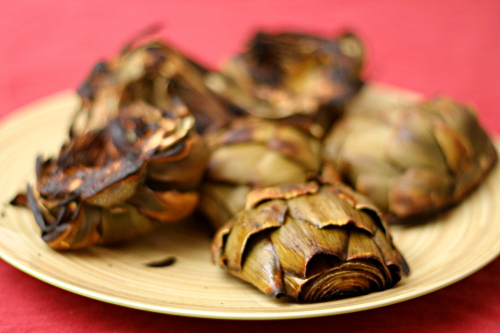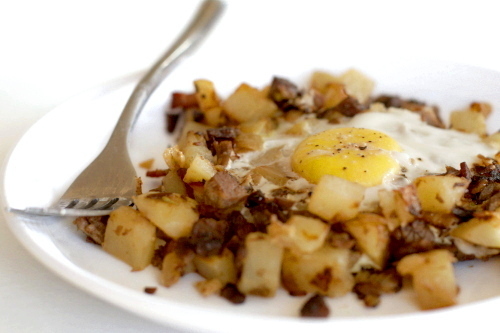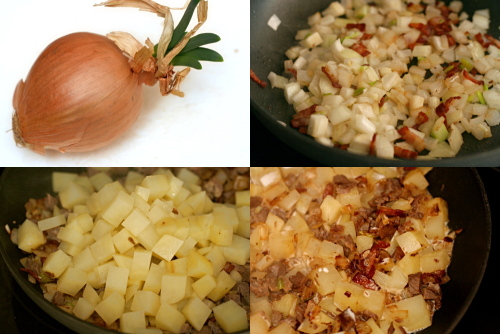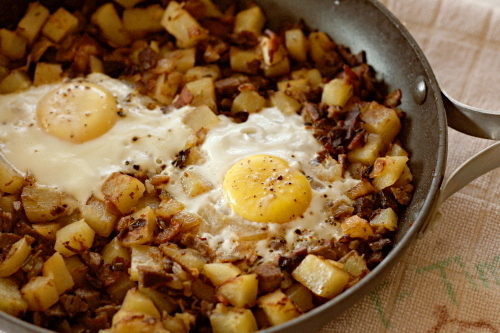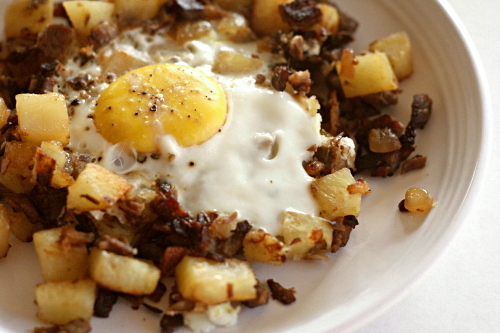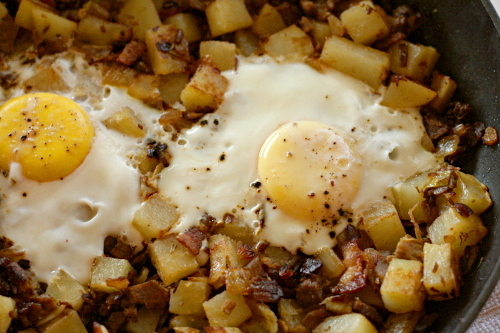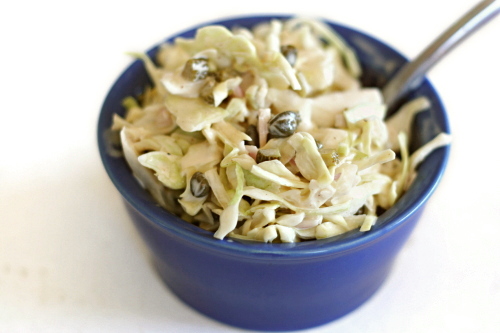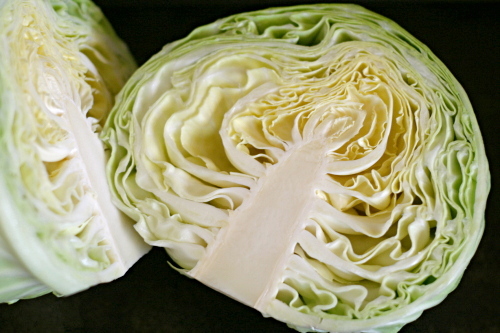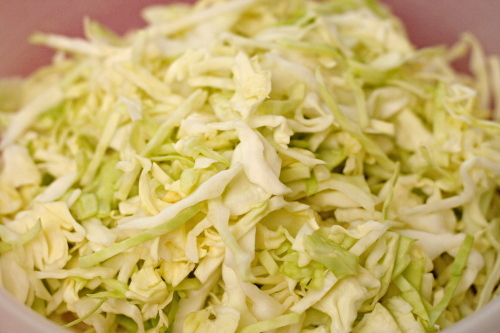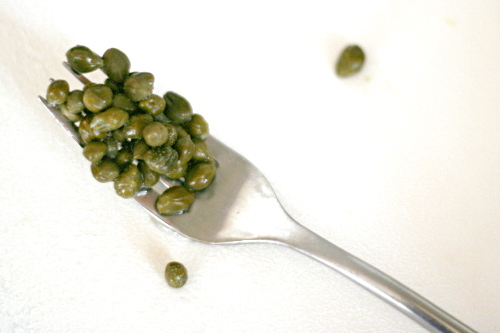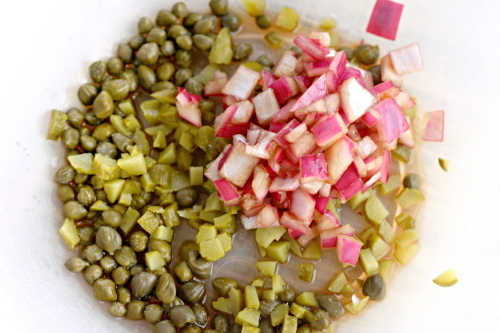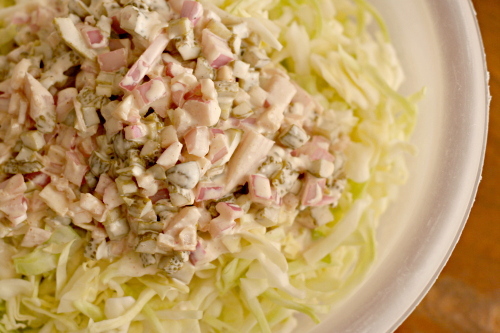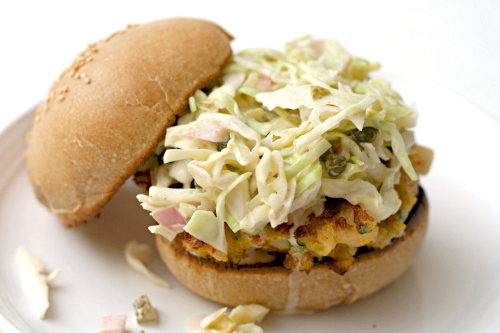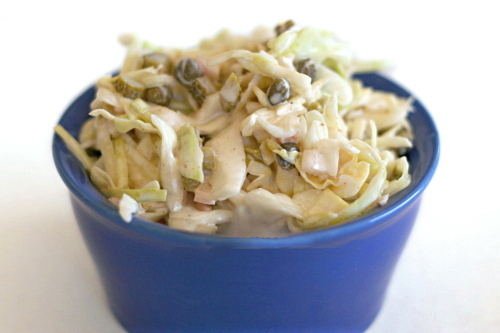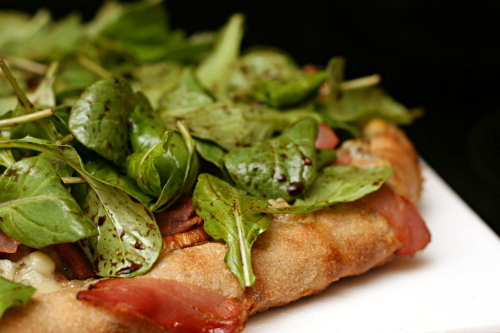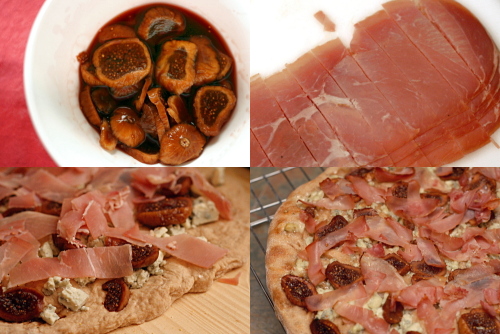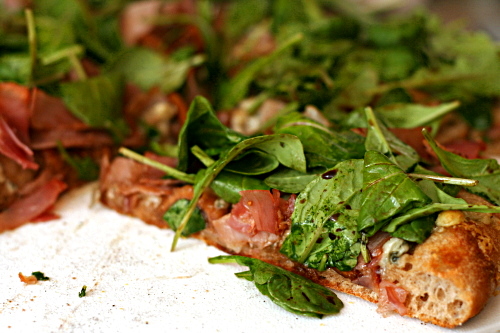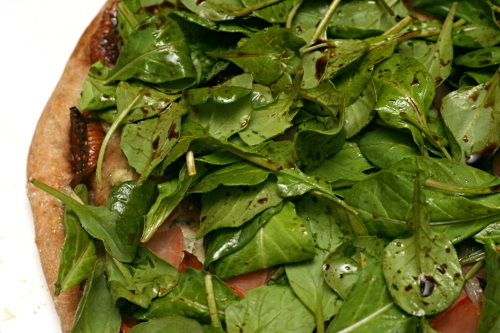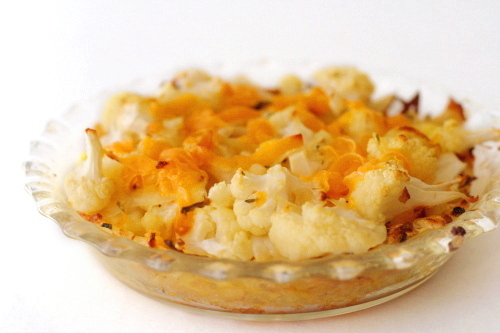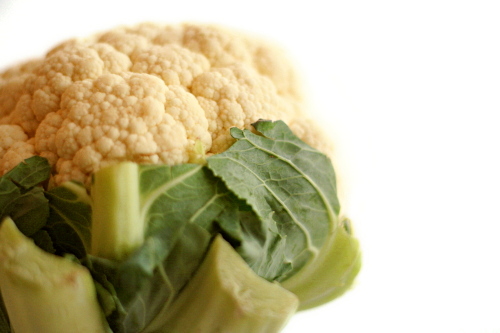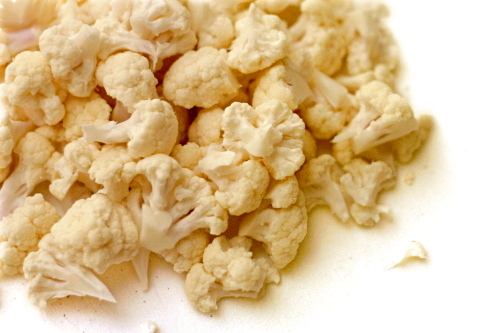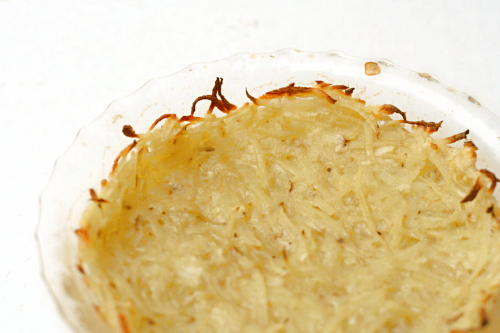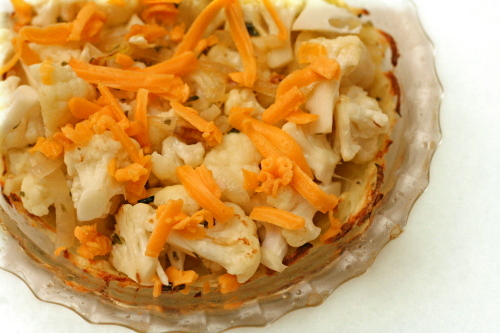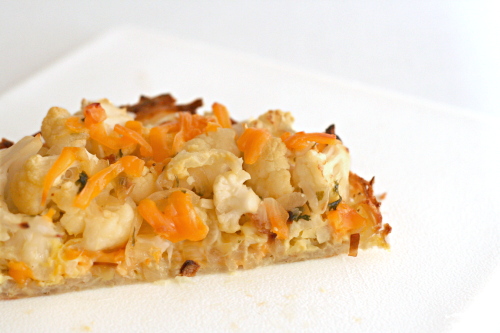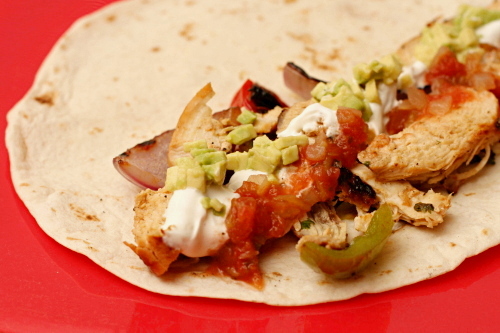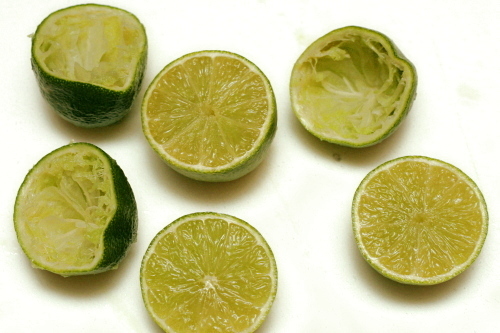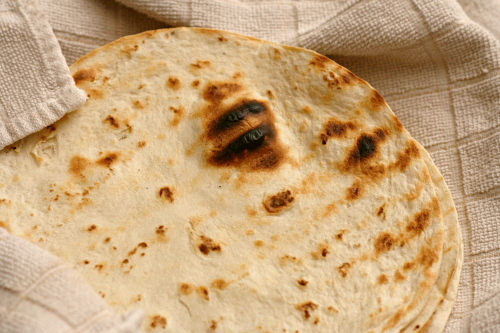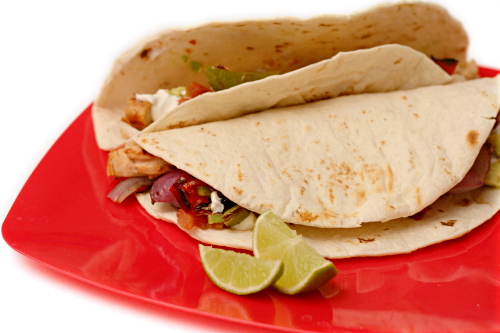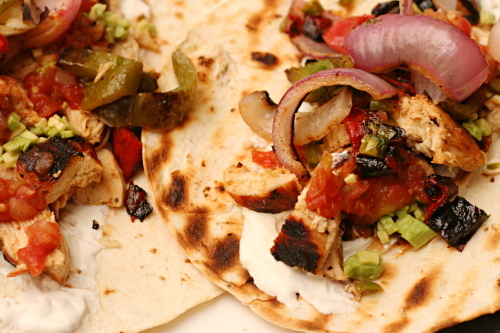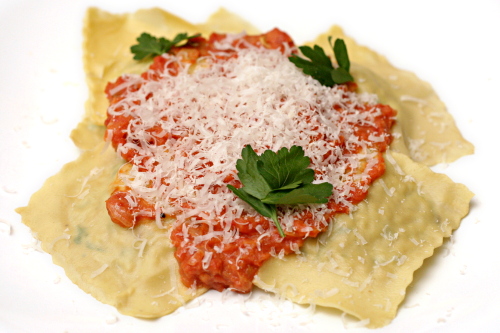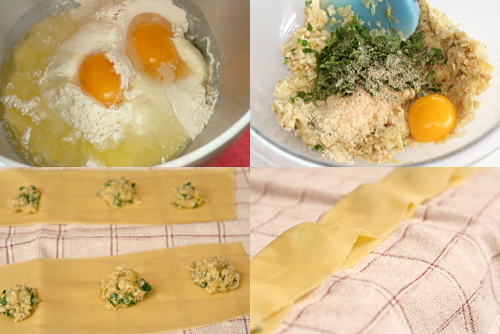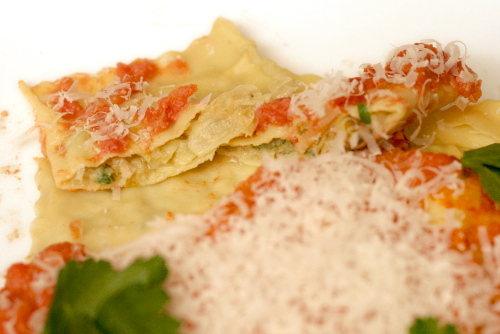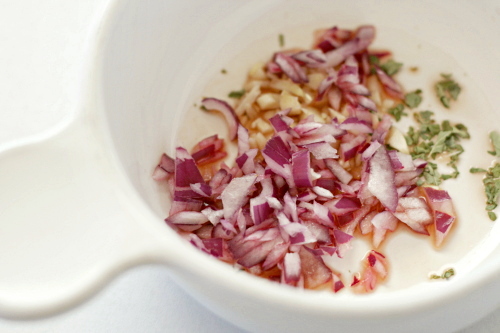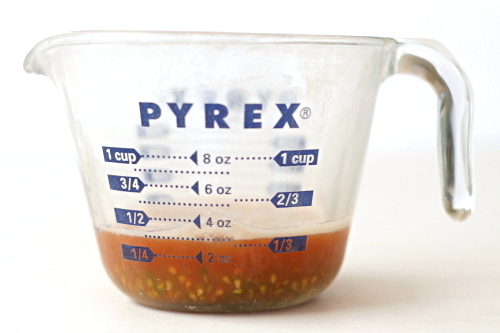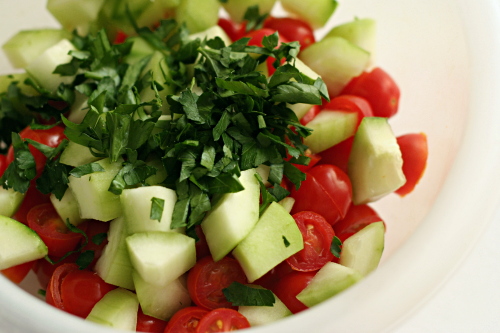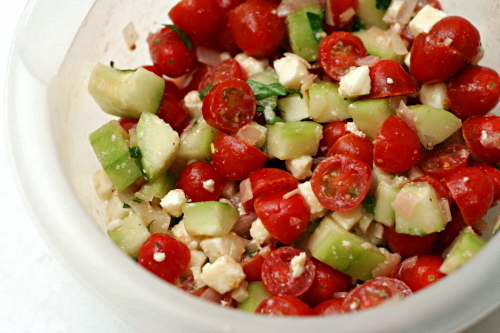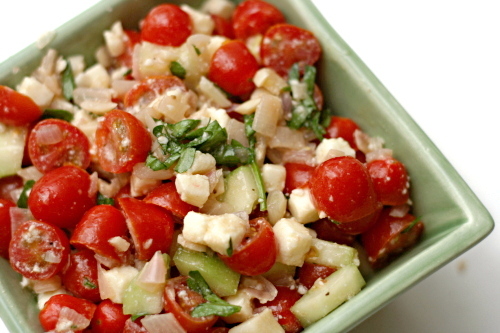I learned a fun fact at work the other day. The word bikini comes from Bikini Atoll, where a nuclear test bomb had recently been dropped. The designer of the bikini expected his new fashion to be “explosive”, and nuclear anything was all the rage back then. Yes, only sixty years ago, bikinis were nonexistent.
Now that they are available, I have a few, and they’re cute, and I want to wear them. So spinach artichoke dip, always tempting me from restaurant menus, generally has to be avoided. Dipping bread into a bubbling pot of cream cheese, mayonnaise and mozzarella will have me exploding right out of my bikini.
The flavors, however, are a natural for pizza. Keep the bread, but make it whole wheat with my favorite whole wheat adaptation trick. Replace the cream cheese and mayonnaise with a thick béchamel, and the rest of the ingredients – spinach, artichoke, mozzarella, parmesan – are reasonably healthy and adapt perfectly for pizza.
Okay, so here’s the problem with my “make healthier food –> wear bikini” philosophy. If the healthy food is this good, I’m going to end up eating more of it than I should! I mean, bread topped with cheese, artichokes and spinach? Of course that was irresistible. Of course I’m going to need several slices to be satisfied, and of course I’ll still look longingly at the leftovers. Okay, so maybe I’ll end up looking longingly at my bikinis this summer, but at least I’ll be satisfied with my one-pieces suits.
One year ago: Potato Galette
Two years ago: Orange Vanilla Opera Cake
Printer Friendly Recipe
Spinach Artichoke Pizza
Makes 2 12-inch pizzas or about 6 servings
You can use frozen artichokes instead (they’re not available in my town), although I’ve never been sure if those need pre-cooking before they’re added to pizza. If you used canned artichokes, I recommend rinsing them, because they’re canned in citric acid, and the acidity was a little distracting.
Of course you can make pizza without a pizza stone. Just use a baking sheet (possibly preheated). However, if you make pizza or rustic breads often, a pizza stone is a small investment for a large increase in perfectly crisp crusts.
2 tablespoons butter
2 cloves garlic, minced
½ teaspoon crushed red pepper flakes
2 tablespoons flour
1½ cup milk (any fat content)
¼ teaspoon salt
½ ounce (¼ cup) parmesan plus 1 ounce (½ cup)
7 ounces fresh spinach, washed and roughly chopped
½ recipe (whole wheat, if you want) pizza dough or 1 pound of your favorite pizza dough
6 ounces (1½ cup) shredded mozzarella (skim works great)
1 (14-ounce) can artichokes, drained, rinsed and dried, quartered
1. Place a pizza stone on the bottom rack of the oven and preheat the oven to 525ºF.
2. In a medium heavy-bottomed saucepan, melt the butter over medium heat. When the foaming subsides, add the garlic and red pepper flakes; cook, stirring constantly, until fragrant, 30 to 60 seconds. Add the flour; continue cooking and stirring for 2 minutes. Gradually whisk in the milk. Bring the mixture to a simmer over medium-high heat, stirring frequently, then reduce the heat to medium-low. Continue to simmer, stirring occasionally for about 5 minutes. Stir in the salt and ¼ cup (½ ounce) of the parmesan.
3. Meanwhile, add the spinach (if the spinach isn’t damp from being washed, also add a couple tablespoons of water) to a medium saucepan set over medium-high heat. Cook and stir until the spinach just wilts, about 1 minute. Remove the spinach from the pan and place it in a clean kitchen towel. Squeeze the spinach as dry as possible, then add it to the béchamel from step 1.
4. Divide the dough and shape each portion into a ball. Let the balls of dough relax for 10-30 minutes. Work with one ball of dough at a time on a lightly floured surface. Flatten the dough, then pick it up and gently stretch it out, trying to keep it as circular as possible. Curl your fingers and let the dough hang on your knuckles, moving and rotating the dough so it stretches evenly. If it tears, just piece it together. If the dough stretches too much, put it down and gently tug on the thick spots.
5. Dust a pizza peel (or the back of a large baking sheet) generously with cornmeal and transfer the round of dough to the peel. Rearrange the dough to something reasonably circular; stab it several times with a fork. Spread ½ of the spinach mixture over the dough, then top with half of the mozzarella, half the artichokes, and half of the remaining parmesan.
6. Transfer the pizza to the hot baking stone, and bake for about 6-10 minutes, until the cheese is bubbling and the crust is spotty brown. Let the pizza cool on the peel for about 5 minutes before slicing and serving. Repeat with the remaining ingredients.
